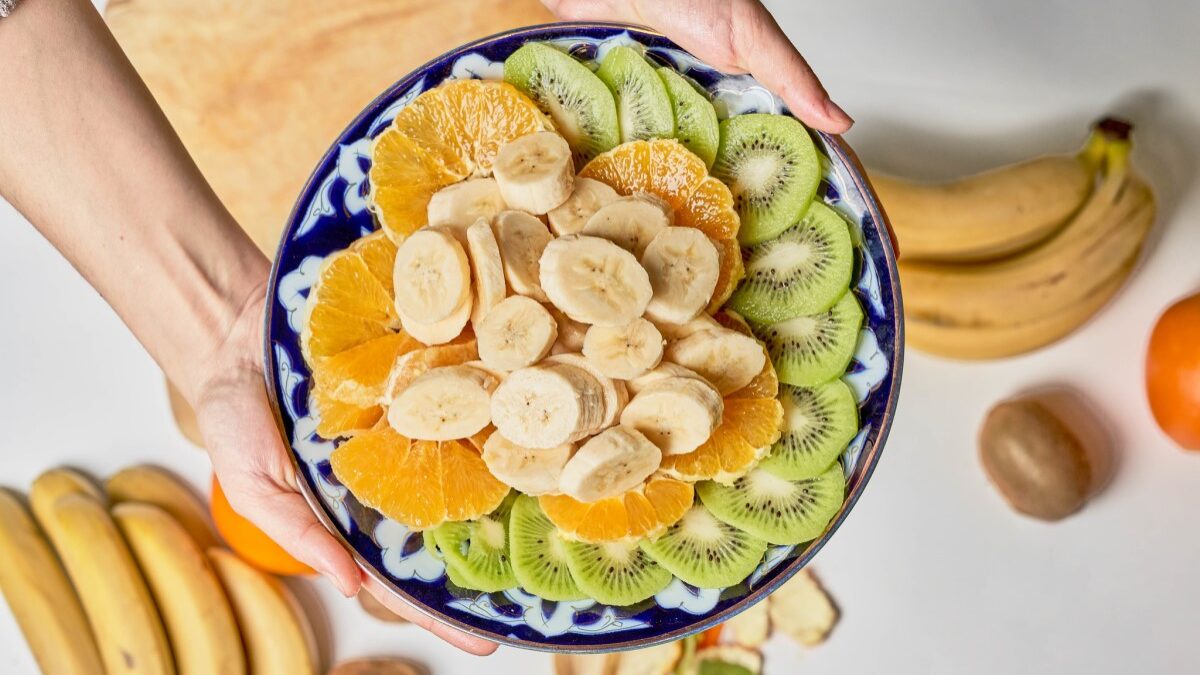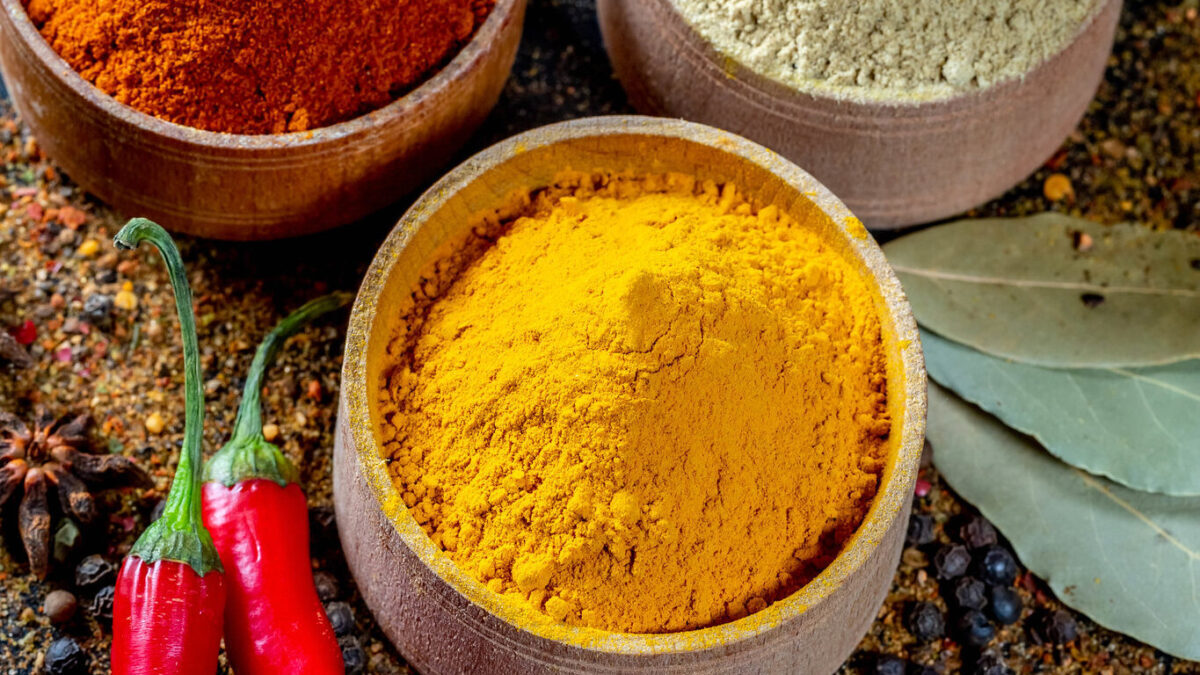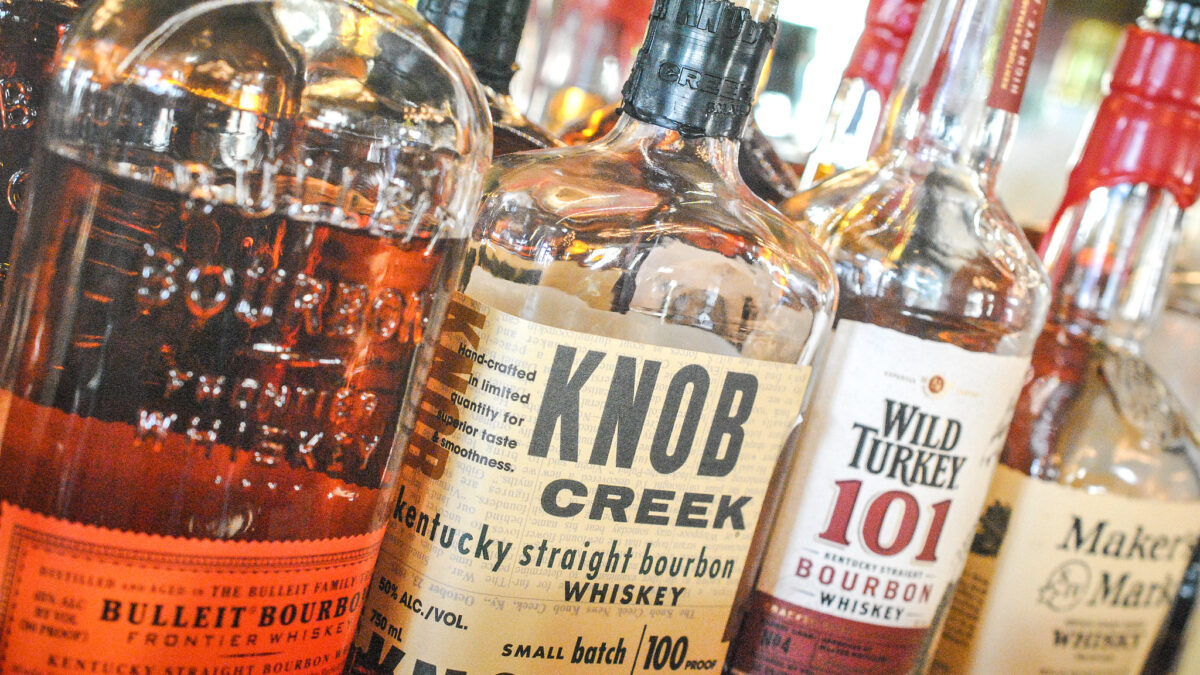“The human brain starts working the moment you’re born and never stops – until you stand up to speak in public.” – George Jessel
I was recently asked to toast a very dear friend on one of the most important days of his life. I’m no stranger to public speaking, but I’ll confess that up until the moment I stood to deliver my remarks my nerves were a bit jangled. Perhaps it was the importance of the occasion, or the esteemed and learned guests in attendance, but I was as rattled as I ever get. Happily, my remarks were well-received and my friend was appropriately moved by them.
Public speaking is routinely listed among the greatest fears of Americans. More than poverty; more than disease; more than war; more than clowns; more than sharks; indeed, Americans fear getting up in front of an audience to speak more than they fear death itself. Most people, given the option, would prefer to take a punch to the solar plexus than give a 5-minute presentation. Some report such a level of anxiety that you have to wonder if they wouldn’t rather just shove bamboo slivers under their fingernails.
However, anyone who enjoys a good drink should be prepared to deliver a toast at some point, whether impromptu or as part of a ceremony. It’s simply how things are done. In certain cultures every single drink is an occasion for a toast, and it becomes something of an endurance contest. Thankfully, in America we have a system that allows for an official toast as part of the program of events. After that the obligation is done – which is not to say that some potentially disastrous off-the-cuff remarks by a drunken uncle are precluded.
Some helpful tips for giving a toast, should the duty fall to you:
- Prepare. This is the cardinal virtue of public speaking. Write out what you want to say, and memorize key points. Try your very best not to read from your notes, but instead to use them as prompts. Practice your delivery, preferably with someone to give you pointers on your body language and tone of voice.
- Be brief. Try to keep the entire toast under five minutes. Three is better.
- Know your audience. You may be giving this toast in a room of a hundred or more, but the toast is for the person you’re honoring. Speak about them to the audience, and then in the last portion speak directly to them.
- If you aren’t funny, don’t try to be funny. In addition, don’t go for cheap laughs at your friend’s expense – say only good things, and mention only harmless quirks. No dirty laundry. You’re honoring them. Speak from the heart.
- Do not clink your glass for attention. You may break it, and then your toast is pretty well over. If you aren’t introduced then stand, ask for quiet, and the word will get around. Wait until people settle to begin.
One important consideration before the toast begins is to avoid drinking too much. Once the toast is concluded you may safely tie one on, but while you have a job to do you should keep it to one or two drinks.
My suggestion is to err on the side of a lighter, less hard-hitting cocktail. This week’s mix is a perfect example.
Lillet Blanc and Gin
Lillet is a French apéritif that was perhaps most prominently featured in the movie Casino Royale, when James Bond orders his famous take on the Martini. Remarkably floral on the nose, it possesses a wonderfully complex and fruity flavor of honey and orange rounded out beautifully by aging in oak barrels. Many classic cocktails call for it, though the reformulated Lillet on the shelves today is not the bitter Kina Lillet favored by Mr. Bond (for that, it seems you’d need to track down someCocchi Americano). Even so, the modern Lillet is a superb addition to a well-stocked bar and can usually be found hanging out with the vermouths at your local wine shop.
As a before-dinner drink, a cocktail including Lillet is a natural choice. A basic mixture of gin and Lillet is a breeze for a busy host to prepare and will be appreciated by aficionados and less-experienced tipplers alike.
- 3 parts Lillet Blanc
- 1 part Plymouth gin
- Lemon or orange peel for garnish (or neither)
Pour the gin and Lillet into a cocktail shaker with ice. Shake enthusiastically until cold, and strain into a cocktail glass. Garnish with lemon or orange peel – or a twist if you’re looking for a bit more visual pizzazz. The cocktail will take it from there.
The floral notes of Lillet pair beautifully with the smooth flavors of Plymouth gin, I’ve found. A gin with more bite works well, but Plymouth’s sweet, citrusy taste marries up to the apéritif seamlessly. Give it a try, and perhaps you will agree that it loosens the tongue while leaving you sharp enough to carry out such duties as you may be called upon to perform.









